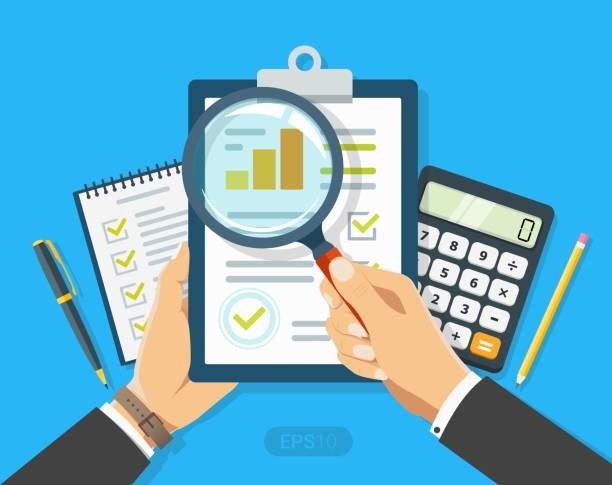Document forgery is a significant concern in many industries. The global AI-based document verification market was valued at $1.1 billion in 2022 and is anticipated to reach $5.2 billion by 2027. There is a growing need for secure document verification solutions across banking, healthcare, and government sectors.
The fraudulent use of identity and bank documents seriously threatens internal security, public policy, and the economy of member states. Document and identity fraud are critical promoters for many types of digital crimes. Therefore, digital document verification is essential for industries to cope with potential threats.
This article will explore how document verification is beneficial in detecting fraud and using OCR technology.
Key Features of this Blog
- Comprehending the concept of digital document verification
- The need for a document verification service
- How do verified documents work with optical character recognition?
- How does online verification of documents to dissuade forgery?
- Document checker for digital verification
- AI document verification with text annotations
- Recapitulating and concerning the future facets of digital document verification
What is Digital Document Verification?
Document verification is the strategy of ascertaining the validity of applicants’ certifications. Many businesses mandate document verification to verify the people or companies they are dealing with. Since its advent, documents have been forged, fabricated, and misused in the ever-evolving world where technology is used to enhance digital security.
In the same world, fraudsters and scammers do not miss any chance to forge the documents and use them for their own benefit. Thus, digital document verification is necessary for financial institutions to comply with regulations.
The Functionality of AI Document Verification
Digital document verification has a stringent process for authenticating the legitimacy of the individual. The process is as follows:
Document Upload: The user uploads the document to the verification system.
Data Extraction: The system drags out the relevant data from the document.
Data Validation: The extracted data is then validated against predetermined criteria.
Authentication: The document’s authenticity is checked using security features.
Comparison: The document is compared with trusted sources or databases.
Fraud Detection: The system scans for signs of forgery or tampering.
Analysis Reporting: A detailed report of the verification process is generated.
User Notification: The user is informed about the verification results.
Document Checker For Digital Verification
A Document Checker for Digital Verification is a crucial tool in modern identity management and security processes. It ensures the authenticity and validity of digital documents, such as IDs, passports, and certificates, by cross-referencing them with official databases and utilizing advanced technologies like OCR (Optical Character Recognition) and AI-based fraud detection. This streamlines the verification process, making it faster and more efficient and significantly reducing the risk of fraud and identity theft. By automating the verification of digital documents, organizations can enhance compliance with regulatory standards, improve customer trust, and maintain robust security measures.
Uses of Documents Verification In Organizations
There are several uses of digital document verification such as:
Identity Verification: It ensures the policyholder’s identity to prevent fraud.
Age Verification: It defines eligibility and premium rates based on age.
Address Proof: It demonstrates residency for regional policy regulations.
Income Proof: It assesses financial status for policy affordability and coverage limits.
Medical Records: It evaluates health status for life and health insurance policies.
Vehicle Registration: It verifies ownership and details for auto insurance policies.
Property Documents: It confirms ownership and value for home insurance.
Claim History: It reviews past claims to determine risk and premium adjustments.
Employment Proof: It validates employment for group insurance policies and discounts.
Bank Statements: It ensures financial stability and aids in premium payment tracking.
The Advantages of Document Verification Service
There are considerable benefits of digital document verification in banks that are as follows:
- Regulatory Compliance
- Fraud Prevention
- Improved Customer Trust
- Enhanced Security
- Risk Mitigation
- Operational Efficiency
- Efficient Onboarding
- Accurate Record Keeping
- Better Decision Making
- Cost Savings
Verify Documents with Optical Character Recognition
Digital document verification with Optical Character Recognition (OCR) is transforming document authentication. OCR technology quickly extracts text from scanned images, photos, or PDFs of ID documents. The text is then cross-verified with existing records or databases using advanced AI algorithms to ensure authenticity and integrity.
Online Verification Of Documents To Dissuade Forgery
Document forgery is a global concern impacting sectors such as finance, government, and personal identity security. Poland has seen a noticeable trend in document forgery crimes, while Uttar Pradesh in India recorded the highest number of digital forgery cases in 2022. The dark web also plays a role, with forged documents sold at varying prices. Therefore, continuous efforts to combat document forgery are essential, and advanced online verification of documents is required to deter forgery.
Bringing It All Together and The Future of Document Verification
Integrating Optical Character Recognition (OCR) into digital document verification helps combat document forgery and identity theft. Advanced OCR technology ensures accurate annotation and validation of digital documents in industries like banking, healthcare, and government. The global market for competent document verification is rapidly growing, highlighting the need for secure document management. OCR is obliged to extract and validate data, authenticate documents, and detect fraud. It ultimately reduces the risk of digital crimes and prevents forged documents.
